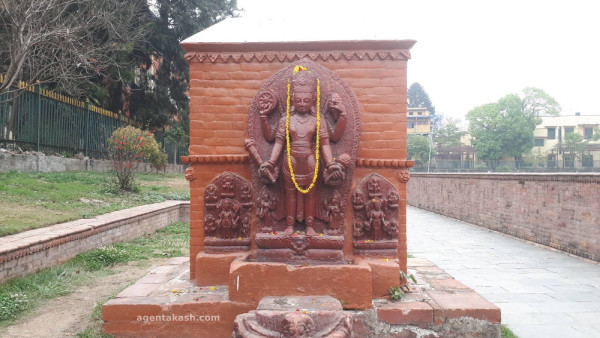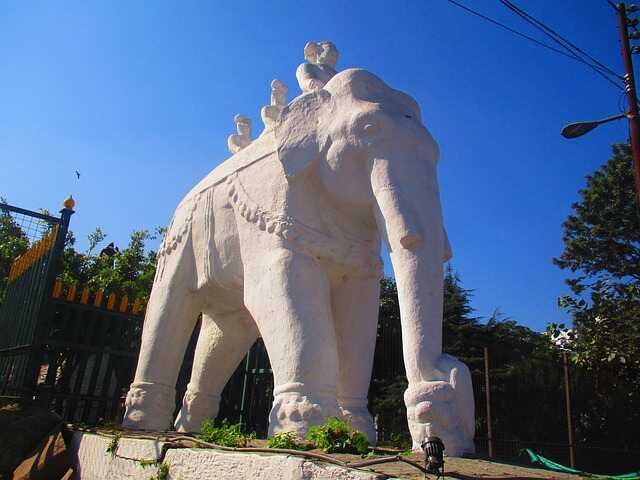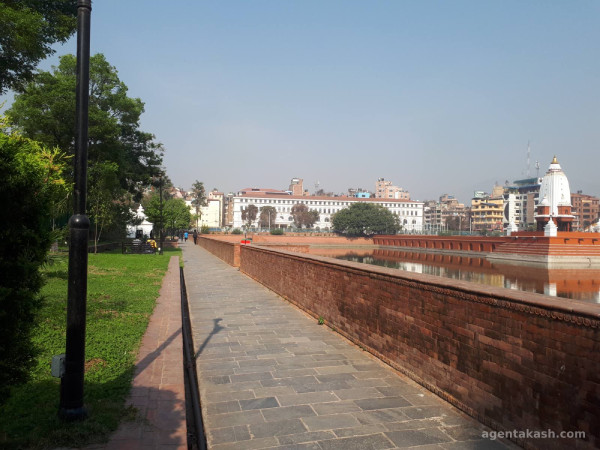Nestled in the bustling center of Kathmandu, Rani Pokhari, originally known as Nhu Pukhu, is a stunning artificial pond that stands as a testament to Nepal’s rich history, culture, and architectural brilliance. This iconic landmark, built in the 17th century, is not just a pond but a symbol of love, devotion, and heritage.
Whether you’re a history enthusiast, a culture lover, or a traveler seeking unique experiences, Rani Pokhari is a must-visit destination in Nepal.
The History of Rani Pokhari: A Tale of Love and Devotion
Rani Pokhari, which translates to “Queen’s Pond,” was constructed in 1670 by King Pratap Malla, one of the most prominent rulers of the Malla dynasty. The pond was built as a gesture of love and consolation for his grieving queen, who was heartbroken after the tragic death of their son. The king designed the pond to provide solace to his queen, making it a symbol of eternal love and compassion.

Originally known as Nhu Pukhu (New Pond), Rani Pokhari was created by filling the pond with water from sacred rivers across Nepal and even as far as India. This act was believed to purify the pond and make it a holy site. Over the centuries, Rani Pokhari has remained a significant cultural and religious landmark, attracting visitors from all over the world.
Architectural and Cultural Significance
Rani Pokhari is not just a body of water; it’s a masterpiece of Nepali architecture and spirituality. The pond is rectangular in shape with intricate carvings and statues. At the center of the pond lies a beautiful temple.
The pond is also adorned with four small temples at each corner. These temples add to the spiritual aura of Rani Pokhari, making it a sacred site for both locals and pilgrims.

Why Rani Pokhari is a Must-Visit in Kathmandu?
Historical Importance: As one of the oldest artificial ponds in Nepal, Rani Pokhari offers a glimpse into the country’s royal history and architectural heritage. It’s a perfect destination for history buffs and culture enthusiasts.
Spiritual Significance: The pond and its temples are considered sacred, making it a popular spot for religious ceremonies and festivals. During Tihar (Bhaitika), the pond is beautifully illuminated, creating a magical atmosphere.
Architectural Beauty: The intricate carvings, statues, and temples surrounding the pond showcase the finest examples of Nepali craftsmanship. It’s a paradise for photographers and architecture lovers.
Peaceful Oasis: Despite being located in the heart of Kathmandu, Rani Pokhari offers a tranquil escape from the city’s hustle and bustle. The serene environment makes it an ideal spot for relaxation and reflection.

Tips for Visiting Rani Pokhari
Best Time to Visit: The early morning or late afternoon is the ideal time to visit Rani Pokhari. The soft light enhances the beauty of the pond, and the area is less crowded.
Festivals and Events: Plan your visit during major Hindu festivals like Tihar (Bhaitika).
Nearby Attractions: Combine your visit to Rani Pokhari with other nearby landmarks like Kathmandu Durbar Square, Ghantaghar, and Thamel for a complete cultural experience.
How to Get to Rani Pokhari?
Rani Pokhari is located in the central part of Kathmandu, making it easily accessible by taxi, rickshaw, or on foot if you’re staying in the Thamel or Durbar Square area. Public buses and tempos also frequently pass through the area, making it convenient for travelers.

Conclusion:
Rani Pokhari, originally known as Nhu Pukhu, is more than just a pond – it’s a symbol of love, devotion, and Nepal’s rich cultural heritage. Whether you’re drawn to its historical significance, architectural beauty, or spiritual aura, Rani Pokhari offers a unique and unforgettable experience.


